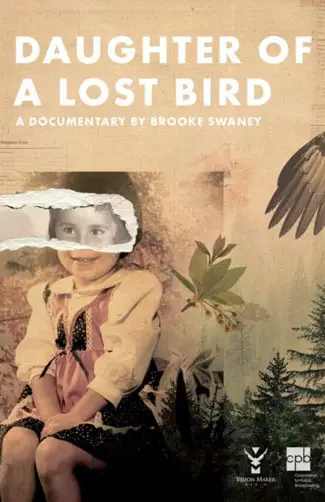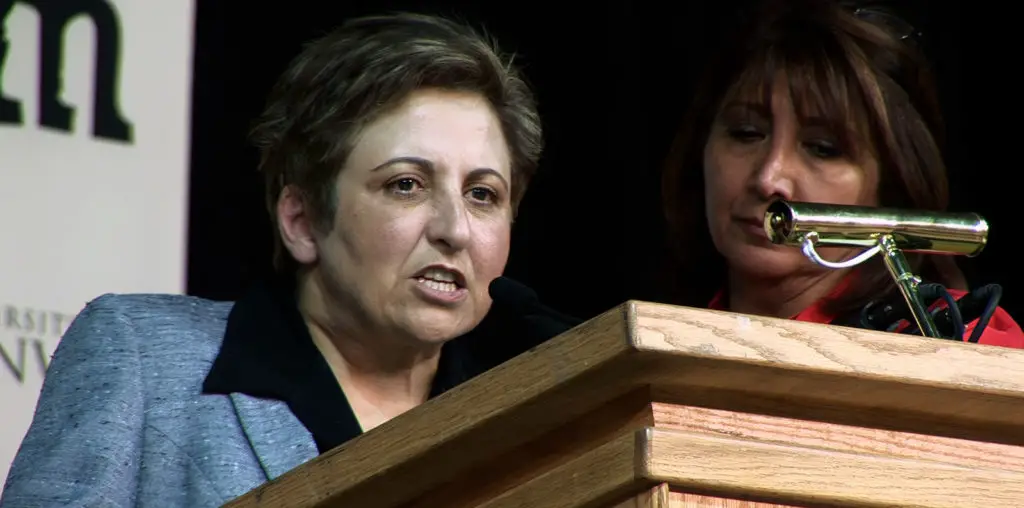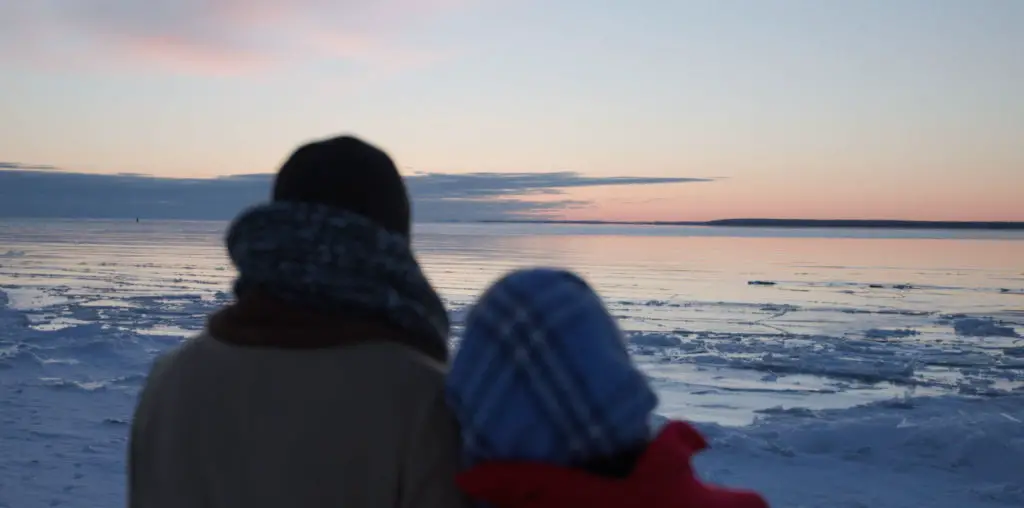
LOFT FILM FESTIVAL 2022 REVIEW! Indigenous director Brooke Pepion Swaney’s powerful documentary Daughter of a Lost Bird starts with Kendra Mylnechuk Potter, the producer and subject, leaving a voicemail for her mother, who she has never met. In 1980, she was adopted by a white family and raised with no awareness of her indigenous background. There had been a law passed two years earlier forbidding native children from being adopted by non-tribal families so as to preserve their cultures. However, Potter’s indigenous birth mother was also adopted and didn’t have tribal affiliation when Kendra was born, so she fell through a loophole.
As Mylnechuk Potter starts a family of her own, she teams up with Swaney to chronicle the search for her lost mother and tribe. She discovers that her birth mother, April Kowalski, was brutalized throughout her childhood and fell into self-medicating with drugs and alcohol early on. Mylnechuk Potter and Kowalski, both being adopted and tribeless, are called lost birds after a famous native woman raised by the white soldier who massacred her family at Wounded Knee.
Daughter of a Lost Bird looks into the government’s steps in the 20th century to eradicate indigenous cultures by taking their children. Native schools were used to process the children’s assimilation into white culture, usually through ritual abuse. The American Indian Movement of the 1970s sought to reverse this, wiping out thousands of years of heritage, though Mylnechuk Potter fell through the cracks. As she learns more about the Yunni tribe in Washington that her ancestors are from, the more she realizes she is the product of America’s effort to genocide her people.
“…was adopted by a white family and raised with no awareness of her indigenous background.”
Swaney and Mylnechuk Potter spent many years on Daughter of a Lost Bird, never knowing what would eventually happen and be caught on film. However, their time was well worth it. The complications arising from the adoption loophole perfectly illustrate the ways the U.S. weaponized assimilation against the indigenous population. Several survivors of the assimilation schools are interviewed. The history of the policy is examined with a preciseness that allows in-depth exploration without dropping the pace.
Swaney trims all the fat here, which is impressive, considering how much footage there must have been over the years. The film is very fair to the white family who adopted her, as they are blameless as they were not informed of her native background by the agency. The audience gets to see with their own eyes Mylnechuk Potter realizing what her happy childhood represented in the war on her people’s existence. All while she becomes a mother herself. There are many unique situations captured here.
There are several self-reflective moments where Swaney questions the impact her filming the events is having on her subjects. However, both Mylnechuk Potter and the director keep on going. The moment Mylnechuk Potter meets her extended Yunni birth family is especially touching. The richness of Yunni heritage Swaney presents is invaluable. The audience is privy to a lot of cultural aspects not usually seen. For example, some ceremonial songs are not allowed to be heard, lending even more importance to what was allowed to be filmed.
By creating a record of such a rare situation, Daughter of a Lost Bird is an important documentary exploding with perspective expansion. Everyone coming out will know a little more and feel a lot more about indigenous extinction policies.
Daughter of a Lost Bird screened at the 2022 Loft Film Festival.

"…examined with a preciseness that allows in-depth exploration without dropping the pace."



[…] Source link […]